If you missed this year’s Florida Herbal Conference in Ocala this past weekend make plans today to attend next year. Open your date book now, find a place in mid-March 2013, and make a note: ATTEND HERBAL CONFERENCE IN APRIL.
It was three days among botanical friends: Herbs as medicine, growing herbs, longevity, healthy cooking, yoga, edible wild plants, permaculture, living off the grid, food as medicine, medicine as food… There were several somethings for every one. I was fortunate enough to teach two classes which including finding a blooming Asimina obovata, our largest local pawpaw. While the conference classes cross a wide range of topics and disciplines one of the greatest benefits of attending is being with a group of earnest folks who don’t think having an interest in plants is strange. Indeed, they think NOT having an interest in plants is strange. I’d like to thank the director, Emily Ruff, who is also the director of the Florida School of Holistic Living, for inviting me, and Mycol Stevens for sharing his enthusiasm and keen taxonomic skills. I also want to thank the 80 some students who came out for my classes. See you there next year.
♣ Chickweed, some of which I found in an Ocala garden for the conference, has flown the coup for the season here in Central Florida. The winter annual is no where to be seen locally. Mark the date, St. Patrick’s Day. Perhaps I should say “March” the date. I start looking for chickweed around Christmas but it often sprouts later. There seems to be about a six week window of edibility before it starts to turn brown and disappear. This also demonstrates what 100 miles north or south can mean in terms of seasons.
When I was in college in Maine, admittedly back in the Dark Ages when we rode horses through snow to school and ate cold gruel, I had a girlfriend teaching about 100 miles to the north, and I went to Boston often which was about 120 miles to the south. In the spring that 200 some mile difference made a month difference in plant growth. It is small unintentional observations like that which I think demonstrate a person’s latent interest. I can remember being amazed that we still had snow in the Maine woods when farmers were already growing tobacco in Connecticut.
Also nearing the end of their seasonal run are Stinging Nettles. They’re getting long and leggy (as much as a small plant can) and will be gone soon as well. I still have one patch I attack for classes but choices are getting skimpy. Personally I will not miss them attacking me. I get stung nearly every time I demonstrate them and the sting lasts for at least three miserable days. And no, no folk remedy works on me. I’ve heard and tried them all, jewelweed to baking soda to urine… don’t ask….
While Pellitory will be around for another month in deep shade it, too, is nearing the end of its seasonal run. The unseasonably warm weather has also dramatically altered the Eastern Red Bud’s display, not only reducing the amount of blossoming but the timing as well. And the mustards are seeding. Our winter is effectively over. One more cold full moon in April and we’ll be done with northern weather until next Christmas.
♣ Let’s say you were going to take a test. And you knew out of 100 possible questions only seven questions were going to be asked and only those seven. Which would you study for, the 93 questions that will not be asked or the seven that will be asked? One would expect you to study the seven questions you know are going to be asked. It is no different when learning edible wild plants. About 93 percent of the plants are not edible. Around seven percent are (generous estimates say 10% but it varies with geography.) Which should you study if you are interested in edible wild plants? Mostly the seven percent that are edible or the 93 percent that are not? Most folks interested in edible wild plants go about it backwards. They don’t go looking for a known edibles but wonder what an unknown plant is. Then they ask someone to identify it. More than nine times out of ten it is not edible. Looking for known edibles is far more productive. But if you still have a plant you want identified, post it on the Green Deane Forum. We have a board dedicated to just identifying plants, which is also the most popular board. Not two-months old we are approach 3,000 posts and 300 members from around the nation and the world.
♣ Pictures or drawings? One of the more common foraging requests I get is “can you recommend a good book with a lot of pictures?”
I can understand the desire to have pictures. We want instant identification. Somewhere in that thinking is the assumption a picture is better than a drawing. While a picture can be helpful they are often not good examples. Drawings can be superior. How can a picture be bad? Three ways, at least.
As you’ve heard me say, non-regional foraging books — ones that encompass “North America” — are what I call Ohio-centric. I think all the photos are taken in Ohio in July. However, you might be foraging in Prince Edward Island in September, or Florida in February or along coastal California with its cool Pacific influences. The plants just don’t look the same.
Then there are stresses, short days, cold nights, warm nights, lack of water, too much water, local insects and fungus. They change the way a plant looks. Lastly do all people look the same? To an alien the answer might be yes, two arms, two legs, two eyes, et cetera but individually we see great differences.
A good picture of an amaranth means little if your amaranth looks different, particularly if it is the exact same species. The dandelions in the Maine yard I grew up in look very different than the ones that inhabit my neighbor’s yard here in Florida.
The built-in assumption is that pictures are nearly foolproof and excellent representations. They are not. They can be way off. What of drawings?
An excellent botanical drawing tells you everything you need to know about the plant; all the important details in the right place and size. It is the optimum representation. A good botanical drawing eliminates the stuff you don’t need to know. The key, of course, is a good botanical drawing. Some of the best if not the best were done by Regina O’Hughes, a deaf artist who started out as a translator in WWI. Her work was the mainstay of “Common Weeds of the United States.” Almost 500 pages, available for around $15 on Amazon. All the drawings in that book were made from herbarium specimens. O’ Hughes almost lived to 100, 1 Feb 1895 to 12 Aug 1993.
The other problem is there are few books with truly respresentative photographs though two come to mind, both of those by author Sam Thayer. Forager’s Harvest and Nature’s Garden are two books of which I have no reservations recommending (though they are best suited if one lives within a day’s drive of the Great Lakes.) Unfortunately, or fortunately for Sam, most other books do not integrate text and photos as well. Regionally, it is difficult to find books with good photos but there are some with good drawings.
I even know of one well-known foraging instructor who makes his students draw the plant they are studying. One of the goals when learning to forage is that you get the plant in all its variations inside your head to the point you are so confident that is the right plant you would challenge anyone on it. Right now if someone gave you a banana and called it an orange you would challenge anyone because you know the banana so well. It has to be the same way with the wild plants you learn.
♣ CLASSES: I’m on the road this week to the southern end of Florida, Port Charlotte on Saturday, and West Palm Beach on Sunday, details below and here. And, for the first time I am going to cross over and see Lake Okeechobee. If you know of a nice place for me to stay somewhere near West Palm Beach, send me an email. Thanks.
Saturday, March 31st, Bayshore Live Oak Park, 23157 Bayshore Rd., Port Charlotte, FL 33980. 9 a.m.
Sunday, April 1st, Dreher Park, 1310 Southern Blvd., West Palm Beach, 33405, 9 a.m.
And yes, I am trying to get back to a weekly newsletter… we shall see…
To donate to the Green Deane Newsletter click here.

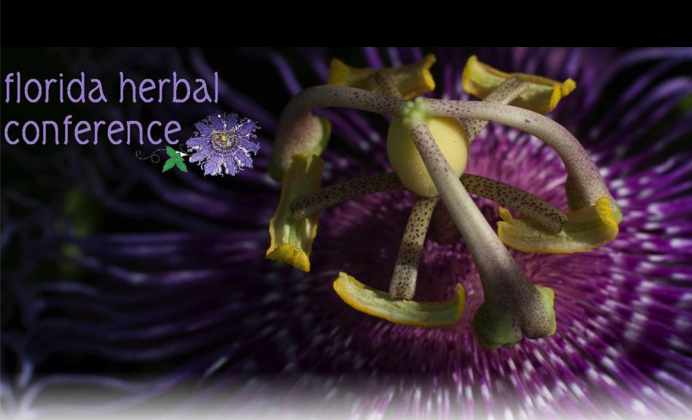
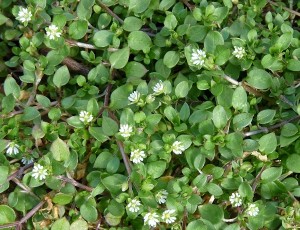
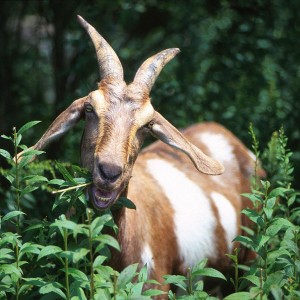
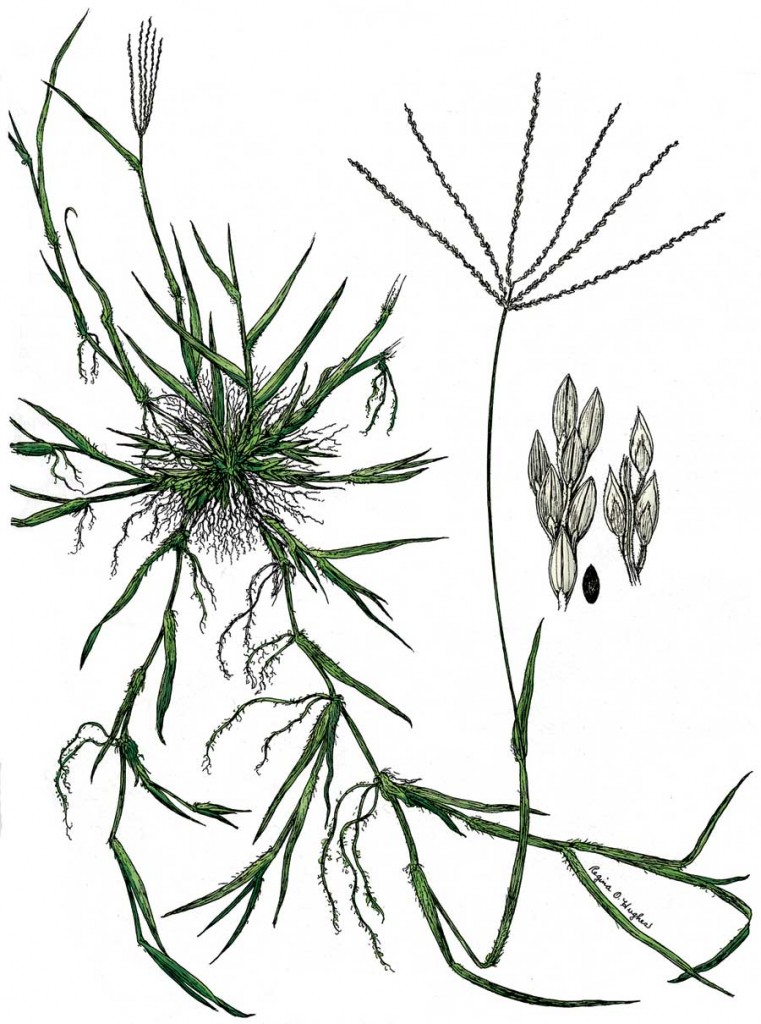
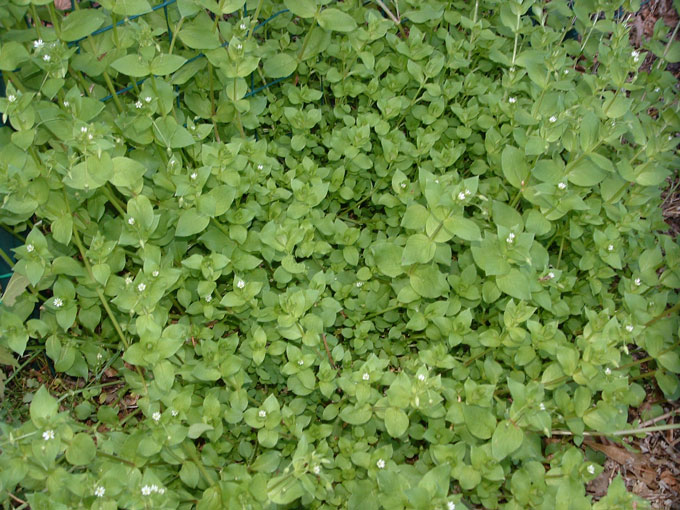
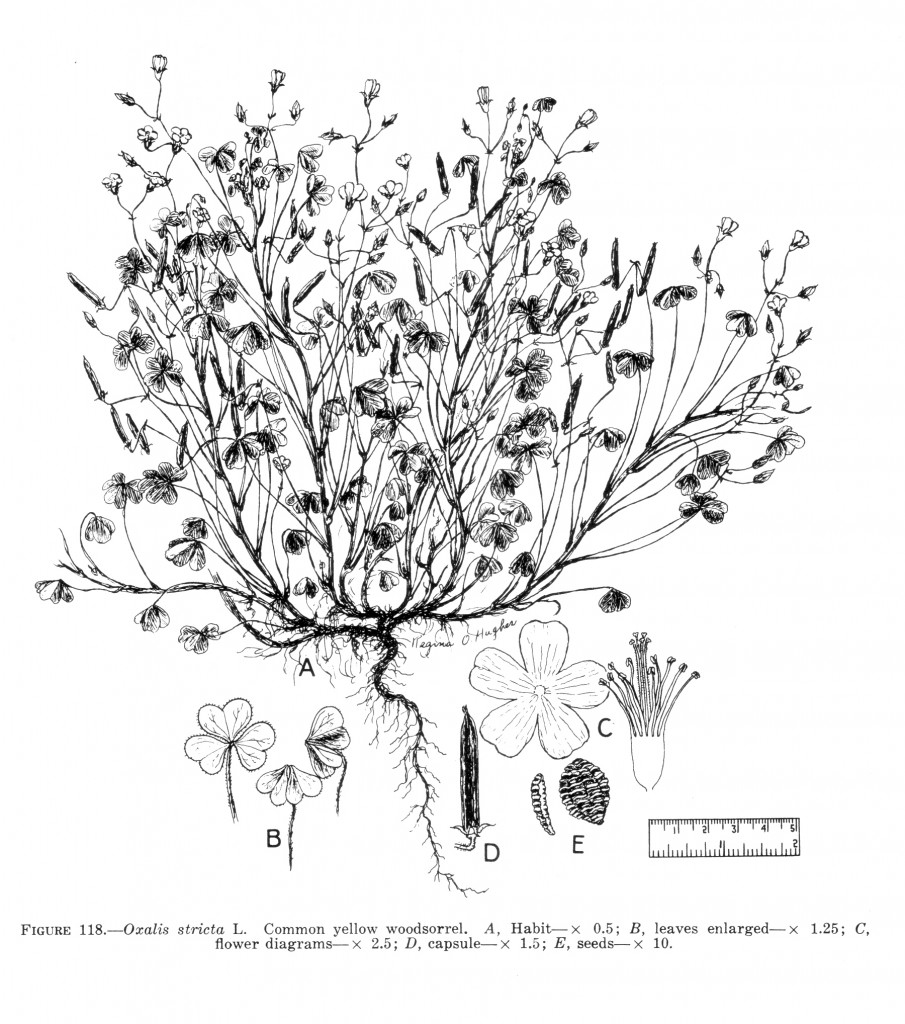
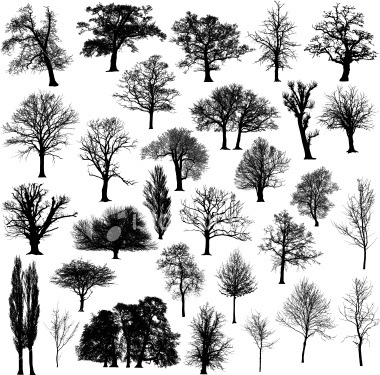

Could you tell me when you will be having classes in the Longwood Florida area? I can look at pictures all day long, but I feel the need to actually hold the plant in my hand before I will feel confident in eating it.. That being said,I would very much like to take one of your foraging classes. Also could you tell me aprox. how many people you allow in one of your groups..I think I would learn better in a smaller group..
Thank you and I hope to be meeting you soon.
Jayne
I will be having four classes in April just a short distance from Longwood. For details click the “classes” button.
Green Deane,
I read about the Florida Herbal conference first through your website and signed up immediately. It was truly an amazing conference and I learned much. I was also one of the lucky ones that attended your plant walk in the early morning and thoroughly enjoyed it! Thanks so much for sharing you knowledge and humor with us. By the way, I think I have watched all your 137 (?) Youtube videos, even feel like I know Oliver Whitecat now. The weeds are just a little different here in Clemson, SC but think I learned enough to make up a pot of wild greens for supper tonight!
Why thank you. Even my mother hasn’t watched all of them… and while some of the weeds are different the majority are the same.
Salutations! I would just like to say thank you, ‘Green Deane’, for your wonderfully informative newsletters. Definitely the bee’s knees.
Regina Hughes’ illustrations are excellent. Thanks for sharing her important contribution.
I thoroughly enjoyed the early morning plant walk at Conference – I am looking forward to another – with my (and your) friend Fran – will be watching your website for one in the tpa/st pete area. Thanks so much! 137 videos??? omg – I’d better get started watching tonight!!
Hi,
What do you think of Lee Peterson’s books?
Thank you.
Barring accident or injury the class will go on as scheduled.
The system seems to have made a mistake and you got a class message. I think the foraging book is acceptable. I have two copies. I think they reflect their time and have some mistakes that don’t get corrected. It was, however, quite a step up from Fernald’s book in the 50s which was perhaps the first published for a mass audience.
I think it was innovative in its day and an improvement over the main book before it by Fernald.
Deane,
While out at a scout camporee this last weekend, I submitted a pan of suateed Smilax bona-nox with oinon and mushroom into the cooking contest. I won 2nd place and would like to send you a picture of the dish, if you would like to have it.
What is the best way to send you a picture?
Hi,
Do you ever make it up to NW Florida area? If so I’d be interested in attending a class or demonstration.
Thanks
Rgds
Vernon
I’ll be up there around April 20th. It’s on my class schedule.
What do you think of Newcomb’s book for identifying wildflowers?
Unfortunately it is a book I am not familiar with. I focus on ediblity rather than just flowers though I have to writer about 10 more edible flowers to make my goal of 200 edible flowers on site.
Will you ever come to Hawaii? I live on Oahu and would love to know what is edible and what is not outside the usual citrus trees that are obvious.
Belinda
I’d love to but you have a local expert named Nat Bletter, who also happens to be a PhD student. You can find his email on my “resources” page.
Hi Deane. I was wondering if you would do a video on the many fungus’ we have at our feet, and particularly on the tree fungus’/Chaga and others? I would love to know how you feel about these as teas specifically from the Birch Trees of Michigan and Northern Areas?